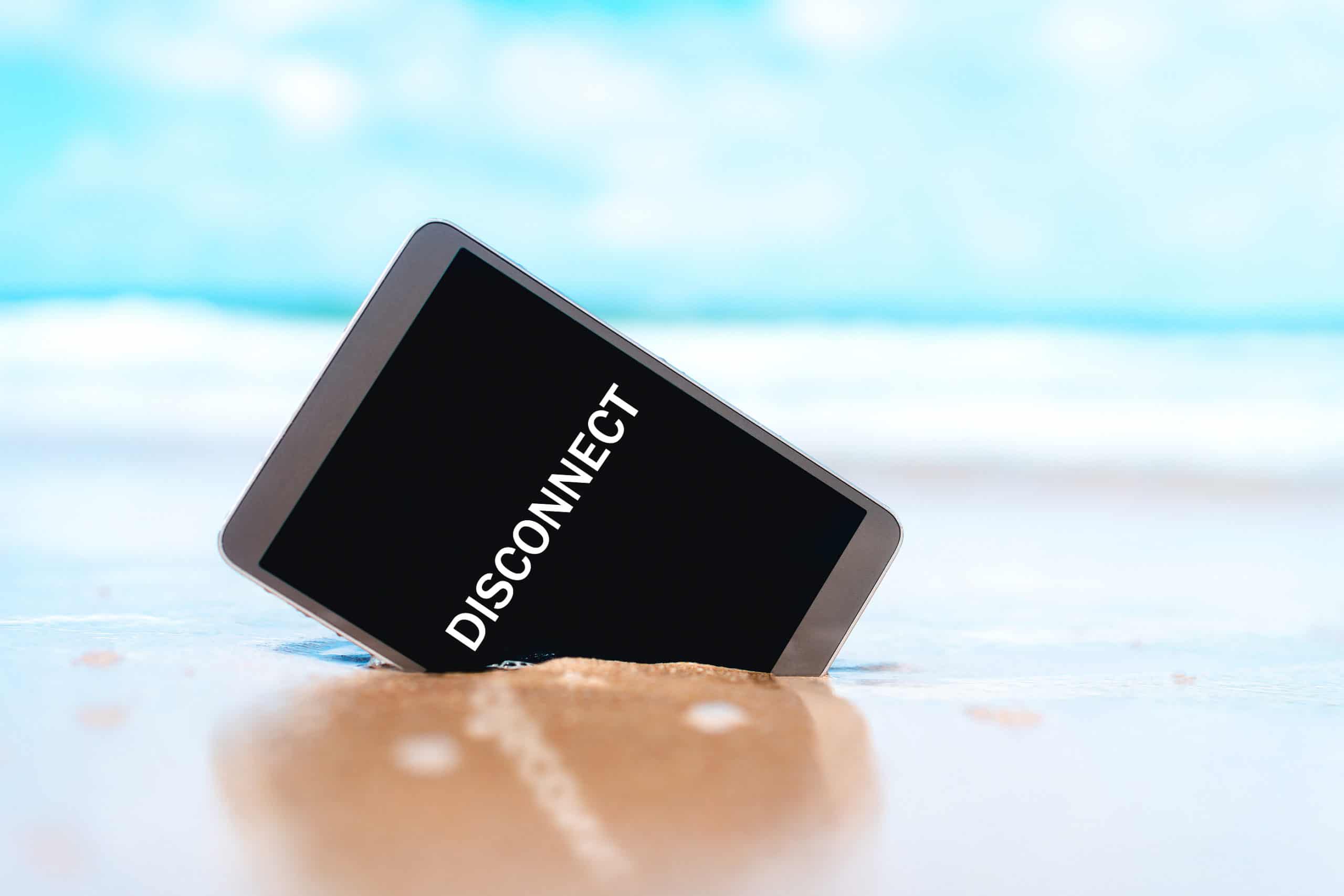Technology has changed the way we consume information and the way we work, learn, and connect with friends and family. But while it has opened a whole new world of productivity, it can also become a digital prison of sorts if we don’t know how to control how we use it.
Cloud services, social media, mobile phone apps, and digital business tools are just a few of the things that cause us to look at screens for a major portion of the day.
The average person spends as much as 12 hours a day looking at a digital screen.
On a daily basis, a person consumes about 5X as much information than someone did in 1970. On one hand this can be a good thing when it comes to the ability to learn and apply that information to solve problems.
But the flipside is that if all you do is consume incoming information all day, there’s no room for imagination, invention, and just free brain space for original thoughts.
Another big productivity killer in offices that often goes unnoticed are alerts. Every time you get distracted by an app alert, email banner, or mobile notification it disrupts whatever you’re working on.
These constant interruptions cause people to feel scattered, like they can’t get anything done, and generally overwhelmed.
Table of Contents
Negative Effects of Being “Plugged-in” Too Much
Just like anything else, technology can be a great thing when it’s measured and used strategically, rather than being allowed to take over our life.
Here are some of the proven health problems that can be caused by when you don’t digitally disconnect and balance your screen time.
- Eyestrain and headaches
- Poor posture
- Sleep issues
- Problems due to reduced physical activity
Refresh Your Body & Mind with These Digital Disconnection Tips
These tips can help you regain control, refresh your mind, and reverse those negative physical effects of too much screen time.
Use the 20-20-20 Rule
Eyestrain is a big problem when you look at a computer screen all day. This can lead to headaches, blurred vision, and eye redness or watering.
The 20-20-20 rule is recommended by the American Optometric Association and the American Academy of Ophthalmology to reduce eye strain from working in front of a computer.
It goes like this: After 20 minutes of looking at a screen, take a 20 second break to focus on an object at least 20 feet away.
Turn Off Incoming Email Banners (Use Rules Instead)
If your email app checks for messages every 10 or 15 minutes, that can mean multiple disruptions every hour as those incoming email banners flash across the screen.
Applications like Outlook and Mac Mail will usually have this feature defaulted to “on,” so you have to specifically turn it off to stop those interruptions.
“How can I tell if there’s an important email I need to see?”
One of the reasons that people leave emails banners on is they’re afraid of missing an important email. This can be solved by using rules.
Just set up an email rule that will play a sound when an email from a certain person or with a certain word in the subject line comes in. You’ll avoid banner interruptions and won’t have to keep checking email for important messages either.
Control Your Alerts, Don’t Let Them Control You
Email banners are just one of the many distractions that rudely jolt us away from whatever we’re doing.
Have you ever been at dinner with someone and there’s a ping on their phone? How does it feel when they stop talking to you to see what it is? Do you do that too?
This is an example of how alerts control us instead of the other way around. You want to take a heavy hand with alerts and only keep those on that you absolutely need (e.g. text messages from family). For other activities (e.g. when someone “likes” your Twitter post) turn off alerts.
You’ll be surprised how much calmer and less frantic your days will feel once you turn off most of those alerts that’ve been interrupting you throughout the day.
Hold Some Office Meetings Outside without Tech
Getting some sunshine and fresh air is a big health and spirit booster. Try holding a meeting outside from time to time, and instead of using technology, use an old-fashioned easel with sheets of paper for brainstorming.
Going “old school” for your meeting and taking it outside can encourage brainstorming and an exciting exchange of ideas.
Designate “No Screen” Times for Your Weekends
While it may be difficult to get completely away from technology during the work week, on the weekends, you have more control.
If you’re finding yourself sitting in front of the TV binging the latest Netflix series on the weekends, there’s a good chance you’ll end up feeling tired and low energy when Monday comes around.
Designate X number of hours each weekend day as “no tech times” and come up with ways to get your body moving. Such as taking the family to the zoo, going for walks, or working on a “mini-project,” like organizing your cupboards.
That time away from tech can feel refreshing, give you more energy, and help you feel more in harmony and less distracted.
Need Help Taming Your Tech? Cloudavize Can Help!
Cloud applications don’t always default to the best settings when it comes to your alerts and other productivity configurations. We can help you tame your tech so you’re in control.
Contact Cloudavize today for a free consultation to get started.



